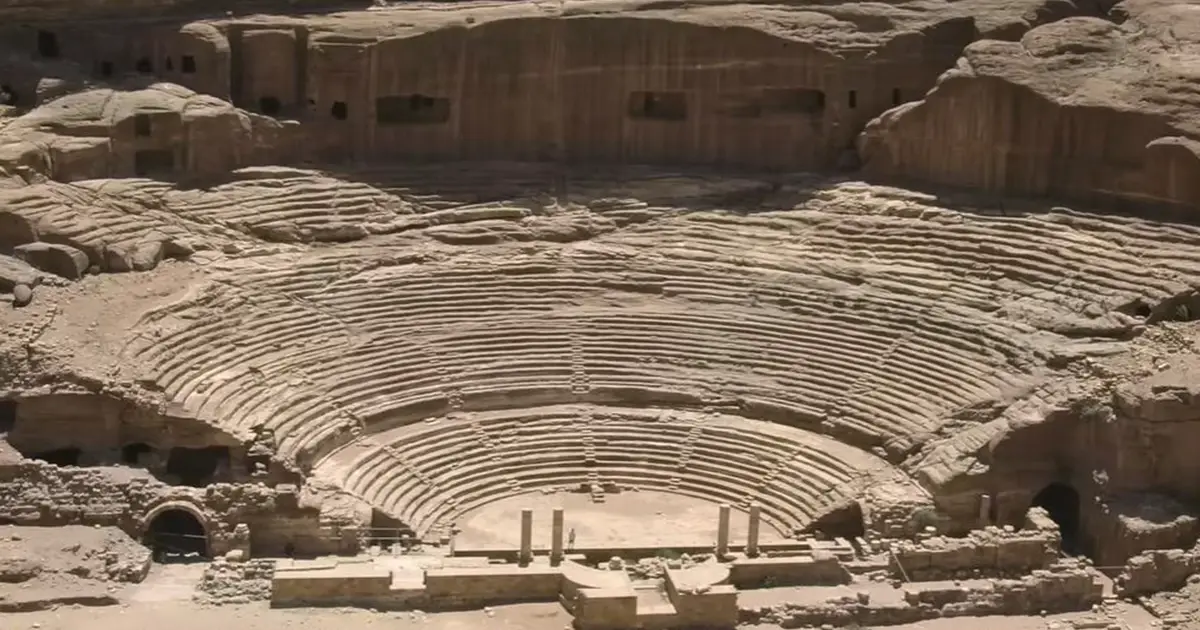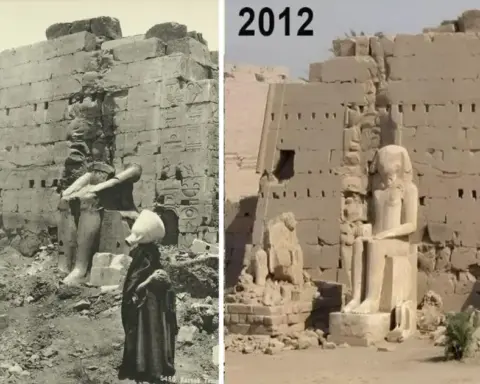Nestled within the ancient, dusty folds of Jordan’s landscape lies a marvel of human ingenuity and cultural confluence that has captivated scholars, adventurers, and dreamers alike. This marvel is none other than the incredible rock-cut theater of Petra, a testament to the architectural genius and cosmopolitan spirit of the Nabataeans. Far from being a mere relic, this theater whispers tales of grandeur, resilience, and mysteries untold, inviting us to delve deeper into the heart of Petra’s enigmatic past.
A City Carved from Dreams
To understand the significance of Petra’s theater, one must first journey through the annals of time to when Petra thrived as a bustling metropolis. Founded in the 5th century BC, Petra was not the “lost city” of popular imagination but a vibrant, cosmopolitan hub situated on a major trade route. It was a melting pot of cultures, where Egyptians, Syrians, Greeks, Romans, and Judeans mingled, creating a rich tapestry of artistic and technological exchange.
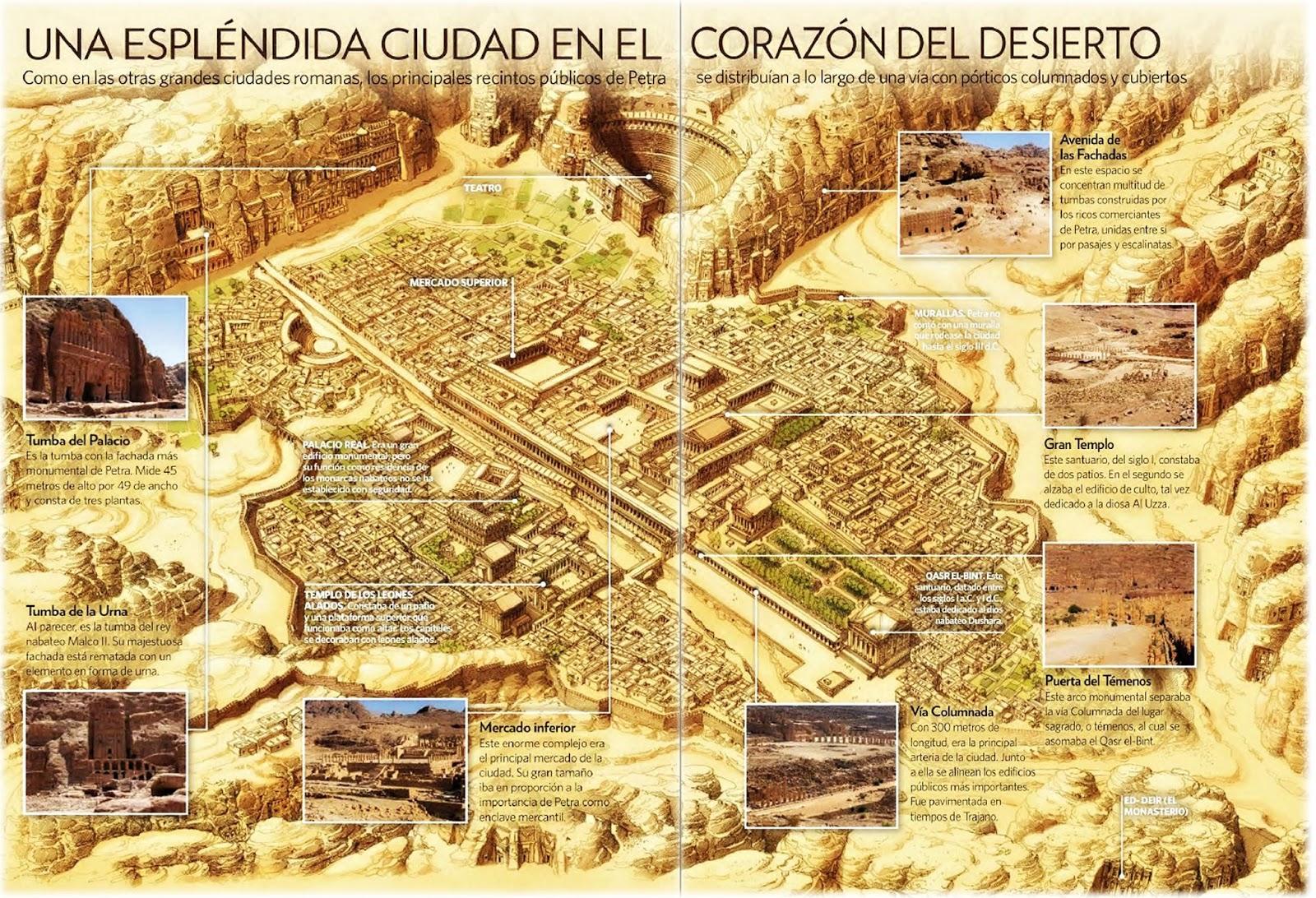
Engineering Marvel in Stone
At the heart of Petra’s architectural wonders stands its theater, an awe-inspiring edifice not built but carved directly from the rose-red sandstone that defines the city’s landscape. This monumental work, dating from the reign of Aretas IV (9 BC – 40 AD), during a time when Petra flourished under Roman influence, showcases a blend of Nabataean creativity and Roman architectural principles.
The Theater: A Cultural Nexus
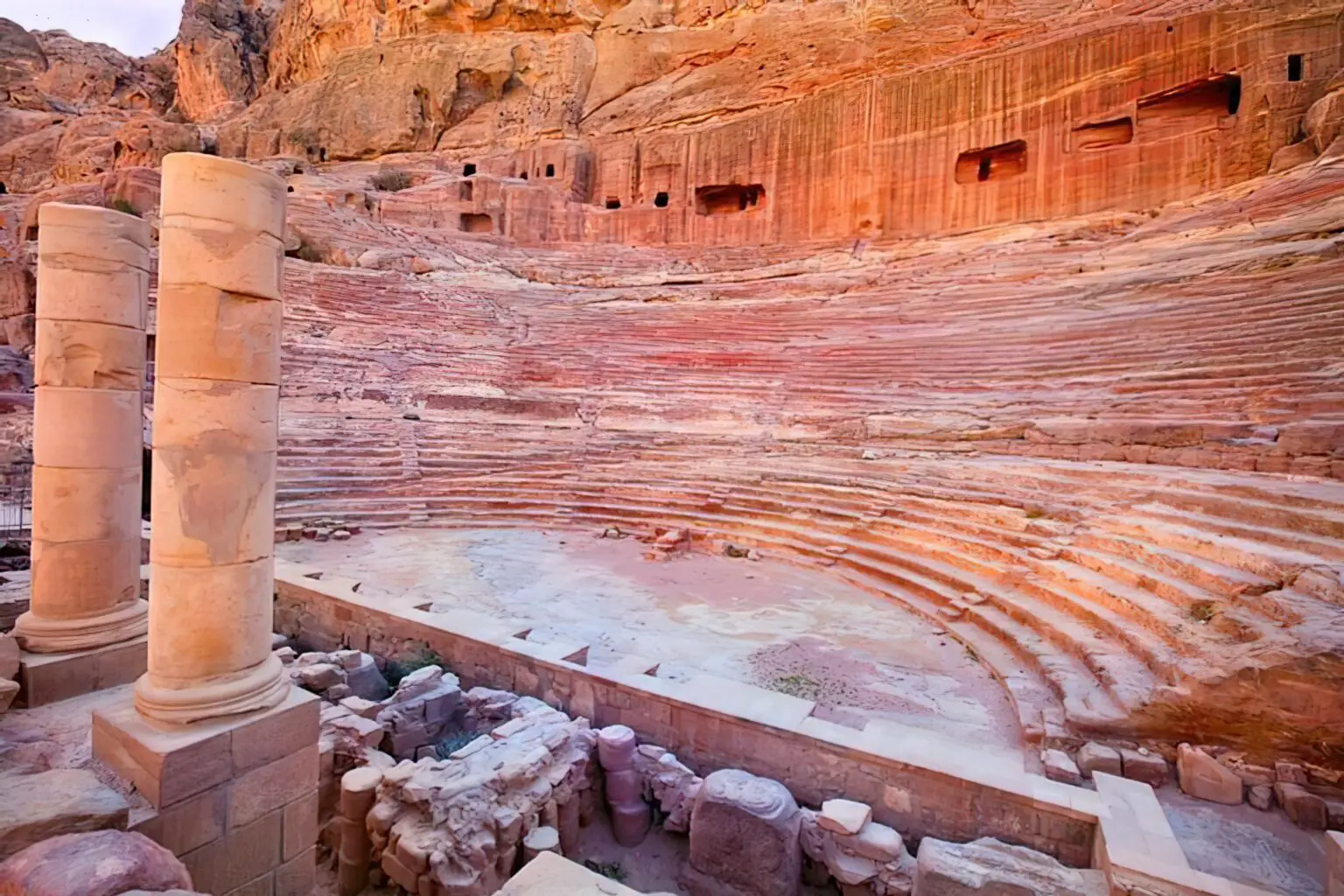
Imagine a venue hewn from the very mountainside, its semicircular auditorium embracing the sky, capable of seating approximately 8,500 spectators. Unlike the typical Roman theaters, which were often constructed atop extensive foundations, Petra’s theater was a feat of rock-cut engineering, demonstrating a profound harmony between nature and human craftsmanship.
Mysteries of Stone and Sound
The purpose of this grand structure continues to elude definitive understanding. While it likely served as a focal point for entertainment, public meetings, and possibly religious ceremonies, the exact nature of the spectacles that once animated its stage remains a subject of speculation. What is undeniable, however, is the theater’s acoustic mastery, allowing the whispers of the past to echo through its corridors and into the hearts of those who wander its ancient aisles.
A Legacy Carved in Red
The theater’s design, with its distinct floral capitals and meticulous attention to detail, reflects a unique blend of Nabataean artistry and Roman architectural motifs. The subsequent Roman annexation and modifications only added layers to its historical and cultural narrative, making it a symbol of the complex interplay of influences that shaped Petra’s identity.
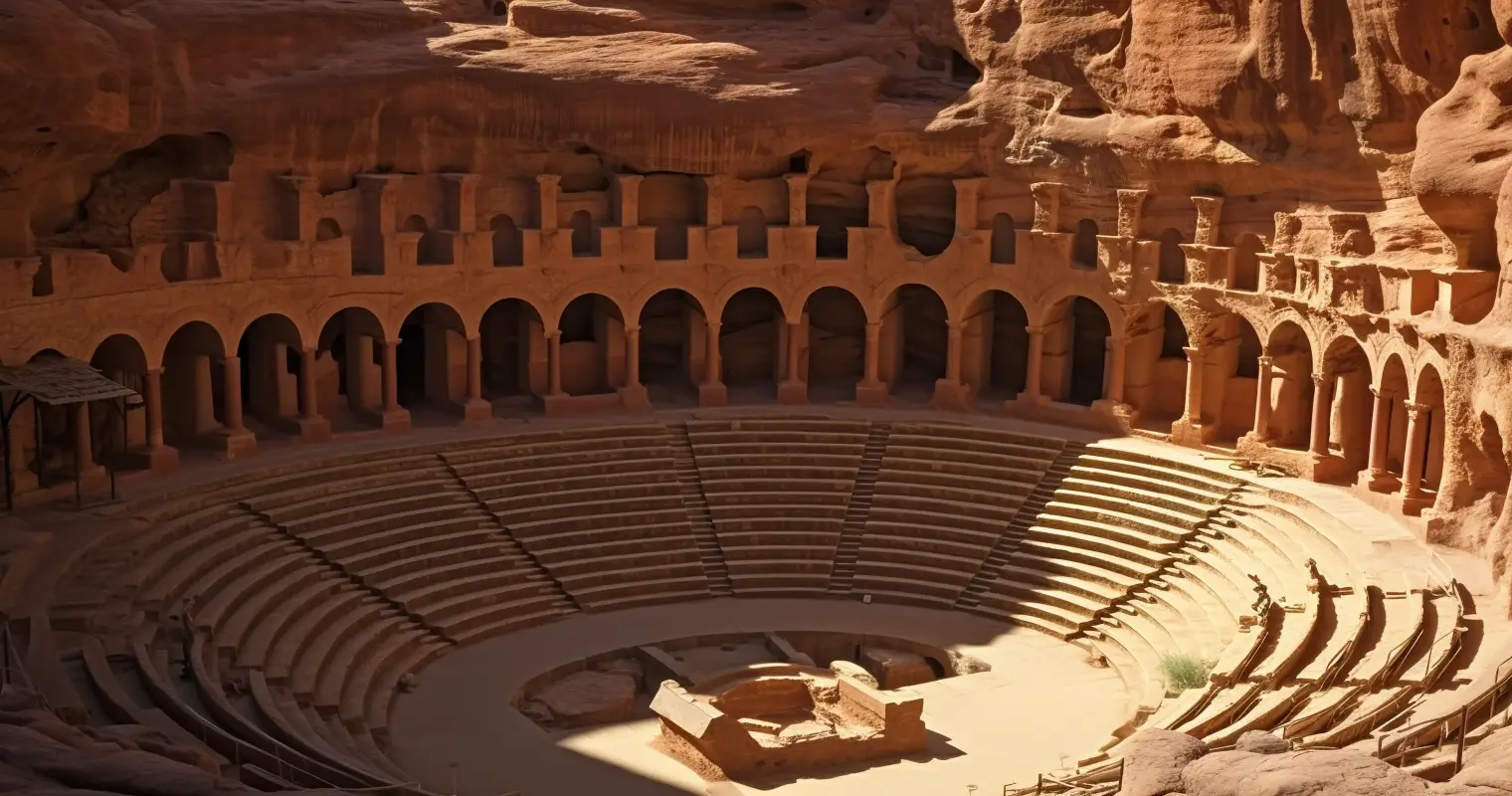
Beyond the Facade: Controversies and Conundrums
In recent times, the theater, like Petra itself, has become the center of various debates and theories regarding its age and the technologies used in its construction. Despite the allure of such mysteries, scientific analyses of the sandstone’s weathering patterns and the archaeological evidence consistently affirm the theater’s origins in Nabataean and Roman craftsmanship.
The Theater Today: A Monument to the Past
Today, the Petra Theater stands as a silent witness to the ingenuity of its creators and the enduring allure of Petra. It invites us to ponder the lives of those who once gathered within its embrace, to celebrate, deliberate, and partake in the communal spirit that defined Petra’s essence.
A Journey Through Time
The incredible rock-cut theater of Petra is more than just an architectural wonder; it is a bridge to the past, offering glimpses into a time when Petra was a nexus of cultural exchange and artistic flourishing. As we explore its depths, we are reminded of the transient nature of civilization and the lasting legacy of human creativity. In the shadow of Petra’s theater, we find not just stone and sand, but the heartbeat of a world long gone, urging us to remember and marvel at the wonders our ancestors left behind.
VIDEO:

